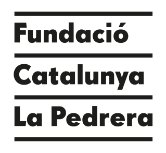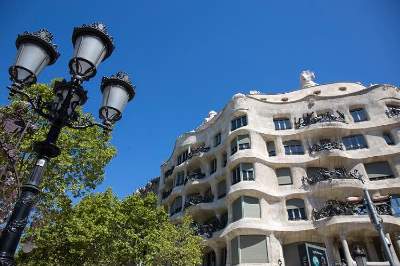When Antoni Gaudi was at the height of his professional career, having already achieved a style of his own and moved away from those of the past, he designed what was to be his last civic architectural project and one of his most innovative buildings, Casa Mila (1906-1912).
Over the years, the building has provided accommodation for distinguished guests, a couple of hotels, a consulate, a bingo hall, company offices, shops and even a prince and his retinue.
The assessment of Gaudi’s work, including La Pedrera, has altered over the years: initially seen as controversial, it was later neglected but is now admired and regarded as one of the most important bodies of architecture.
“When the building simply has what it needs with the available resources, it has character or it has dignity, which is the same thing.” Antoni Gaudi
Timeline
1905
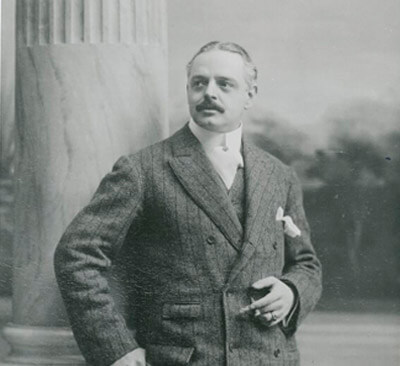
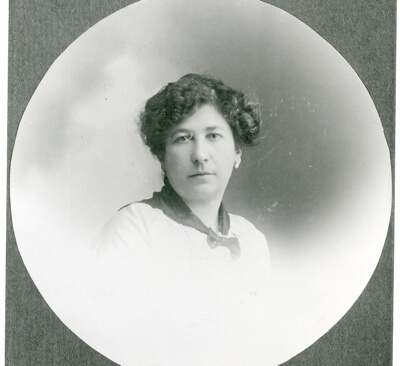
Rosario Segimón i Artells (Reus 1871-Barcelona 1964) and Pere Milà i Camps (Barcelona, 1873-1940) and marry.
9 June 1905
Rosario Segimón is attracted by the fame of Passeig de Gràcia and purchases a house with a garden on a plot measuring 1,835 square metres at number 92 2 on this avenue. She and her husband commission the architect Antoni Gaudi (then aged 54) to construct a building, with the intention that they will occupy the main floor as their residence and rent out the remaining apartments.
2 February 1906
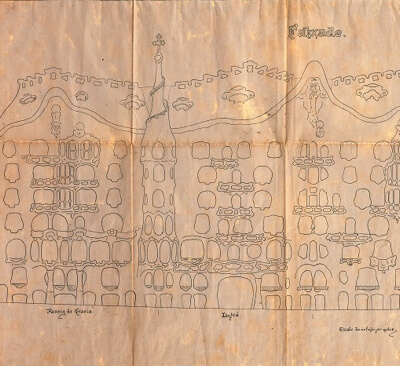
The plans for the project, signed by Antoni Gaudi, are submitted to Barcelona City Council and a building permit is requested. Construction work begin.
27 December 1907
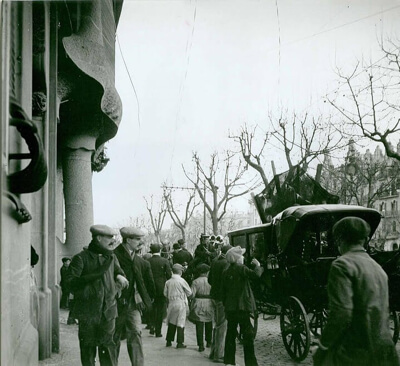
An official complaint is made by Barcelona City Council on the grounds that façade pillars are occupying part of the pavement on Passeig de Gràcia.
17 August 1908
Barcelona City Council opens proceedings because the building is larger than the permitted volume. The owners are required to legalise it by paying a fine amounting to 100,000 pesetas or by demolishing the attic and the rooftop.
28 December 1909
The Eixample Commission certifies that the building is a monument in nature and does not need to conform strictly to the municipal bylaws.
5 July 1910

The building permit is finally granted.
22 December 1910
At the request of Senyora Mila, Gaudi signs a certificate declaring that the construction of the main floor is completed. In the document, he indicates that when the work on the rest of the property is finished, he will sign another certificate.
October 1911
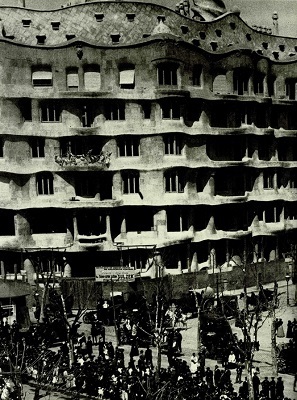
Permission is granted by Barcelona City Council for the main floor to be occupied. The Milas move in.
31 October 1912
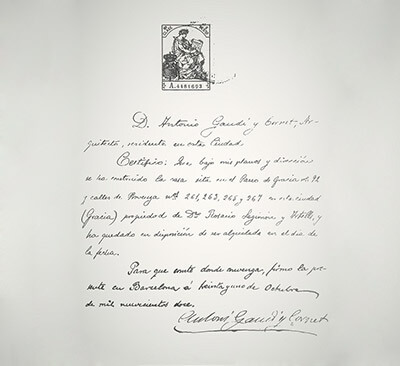
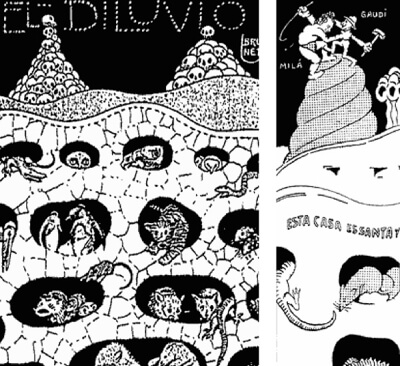
Gaudi certifies the construction is completed, declaring that the work has been done in accordance with his plans and directions and that the entire house is now available to be rented out.
The unusual structure of the building and the relationship between Gaudi and Mila are the subject of cartoons published in satirical magazines of the time.
1929

The first retail establishment opens in the ground floor of the building, the Mosella tailor’s shop.
1936
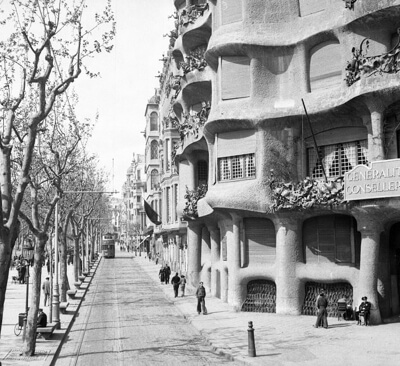
Casa Mila is seized by the United Socialist Party of Catalonia (PSUC). During much of the Spanish Civil War, La Pedrera houses the Catalan Ministry of the Economy and Agriculture. The minister, Joan Comorera (Cervera, 1894 – Burgos, 1958), occupies the main floor as his private home.
1946
Rosario Segimón, who has been a widow by now for six years, sells the building to the Immobiliària Provença real estate company, but she continues to live on the main floor until her death in 1964 at the age of 93.
1953
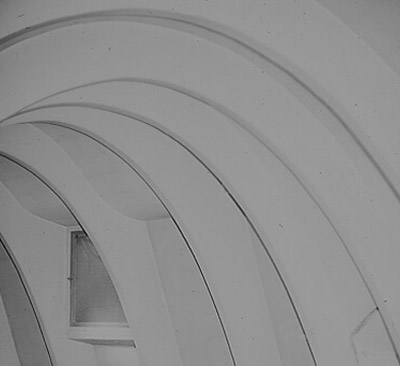
Immobiliària Provença commissions the architect Francisco Juan Barba Corsini to convert the building’s attic into 13 flats. He is also commissioned to turn the first floor on Carrer de Provença into four small apartments, each one measuring 100 square metres.
30 October 1962
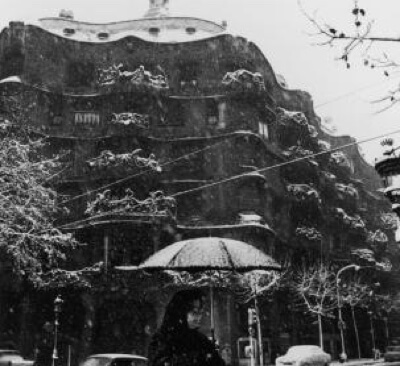
La Pedrera is included in the list of Artistic Heritage in Barcelona. This is the first list drawn up by the Spanish government with a view to preserving the sites and monuments in the city. Category A/Cap.1.
20 August 1969
The Spanish government registers Casa Mila as a Historical and Artistic Monument of National Interest. D. 17/94/1969,24-7; BOE 20/8/1969. Category A (Property of National Cultural Interest), the highest protected status.
2 November 1984
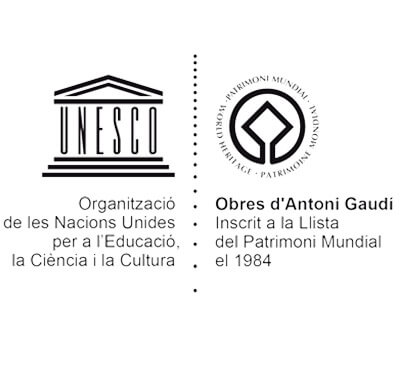
UNESCO lists La Pedrera as a World Heritage Site due to its outstanding universal value, ref. 320bis.
December 1986
Caixa Catalunya purchases the building from Immobiliària Provença.
1987
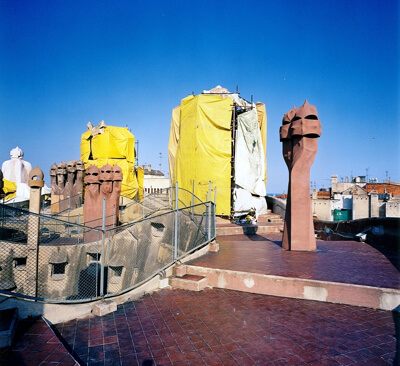
The rooftop of La Pedrera is opened to visitors, having previously been inaccessible to the public. Restoration work begins – and continues for ten years – to turn Casa Mila into a cultural centre open to everyone.
July 1992
The newly restored main flat opens as temporary exhibition rooms with the exhibition The Avant-gardes in Catalonia, part of the cultural programme of the 1992 Olympic Games.
December 1994
The former coach house, situated underground, opens as the Auditorium.
June 1996
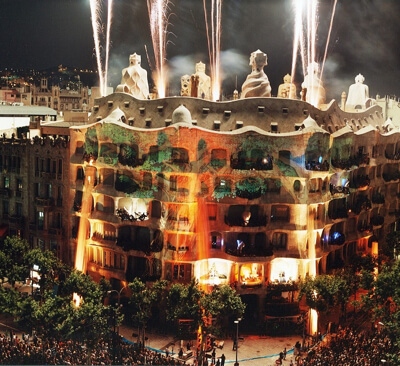
The restoration works on the entire building are completed.
Casa Mila is symbolically handed over to the city on 27 June 1996 with the slogan “We aren’t giving a grain of sand but an entire Pedrera [quarry] for Barcelona”.
The Espai Gaudi – a museum space fitted out to raise awareness of the life and work of Antoni Gaudi – opens in the attic of the building. It is awarded the ACCA Prize (Catalan Association of Art Critics) for the best cultural and artistic initiatives of the year, as it represents the culmination of the restoration and improvement of La Pedrera and is striking testimony of the innovative structural approaches adopted by Gaudi.
1997
The Government of Catalonia awards the National Prize for Culture in the Cultural Heritage category to the restoration of the attic and the rooftop of La Pedrera.
July 1999
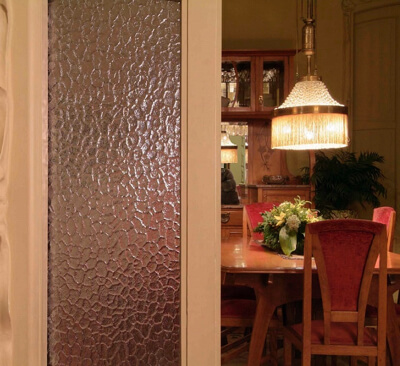
The opening of the Pedrera Apartment, a recreation of the home and life of a well-to-do family during the first 30 years or so of the 20th century, entirely reconstructed using original elements that made up the interior of an apartment in La Pedrera.
2001-2003
Second major programme of work to restore the façade, carried out in four different phases to make it possible to hold Gaudi Year (2002).
2002
Casa Mila contributes to the celebrations of International Gaudí Year by mounting the exhibition Gaudí. Art and Design.
27 November 2006
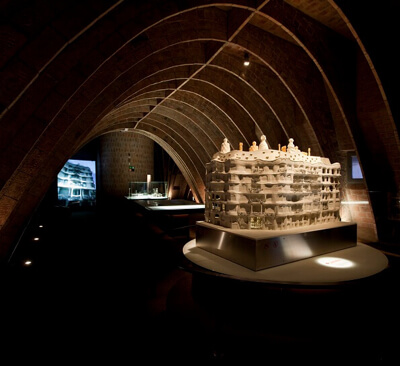
The newly refurbished Espai Gaudi (in the attic) opens as an interpretation centre on the life and work of Antoni Gaudi, with a special emphasis on Casa Mila.
November-December 2012
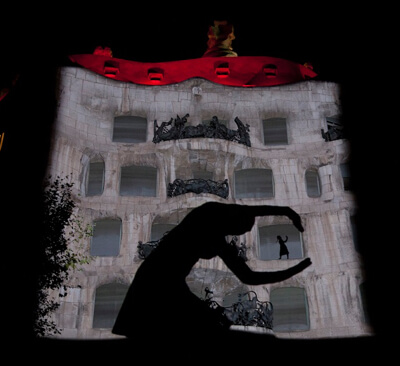
The hundredth anniversary of the completion of the construction of Casa Mila is commemorated with a programme of activities that combines the essentially festive nature of every celebration with a range of cultural and artistic events.
January 2013
The Catalunya La Pedrera Foundation is constituted on 1 January to respond to a new social reality, and to do so with a new vision. La Pedrera has been the central offices of the Catalunya La Pedrera Foundation ever since it was set up. The revenue raised from admission tickets goes to social, environmental, educational and cultural projects.
2014
The third major programme of works on the façade of La Pedrera: the stone is cleaned; some of the cracks that have opened up over the years are restored; and some of the wrought ironwork of the balconies is repaired.
Bibliography La Pedrera
Joan Bassegoda. La Pedrera de Gaudí. Barcelona, 1986.
Joan Bassegoda. Josep Bayó Font, contractista de Gaudí. Barcelona, edicions UPC 2002.
VVAA: La Pedrera. Gaudí i la seva obra. Barcelona, 1998.
VVAA: La Pedrera: arquitectura i història. Barcelona, 1999.
VVAA. Gaudí. Art i disseny. Catalogo Exposició Any Internacional Gaudí, La Pedrera. Barcelona, 2002.
Isidre Puig Boada. El pensament de Gaudí. Barcelona COAC (ed.catalana), 1981. Editorial Dux (ed.castellana), 2015.
Galdric Santana. La Pedrera sostres. David Ferrer. La Pedrera Forja. Barcelona, Triangle books, 2015.
CD-ROM: Gaudí Art i Tècnica. Barcelona, 2002.




